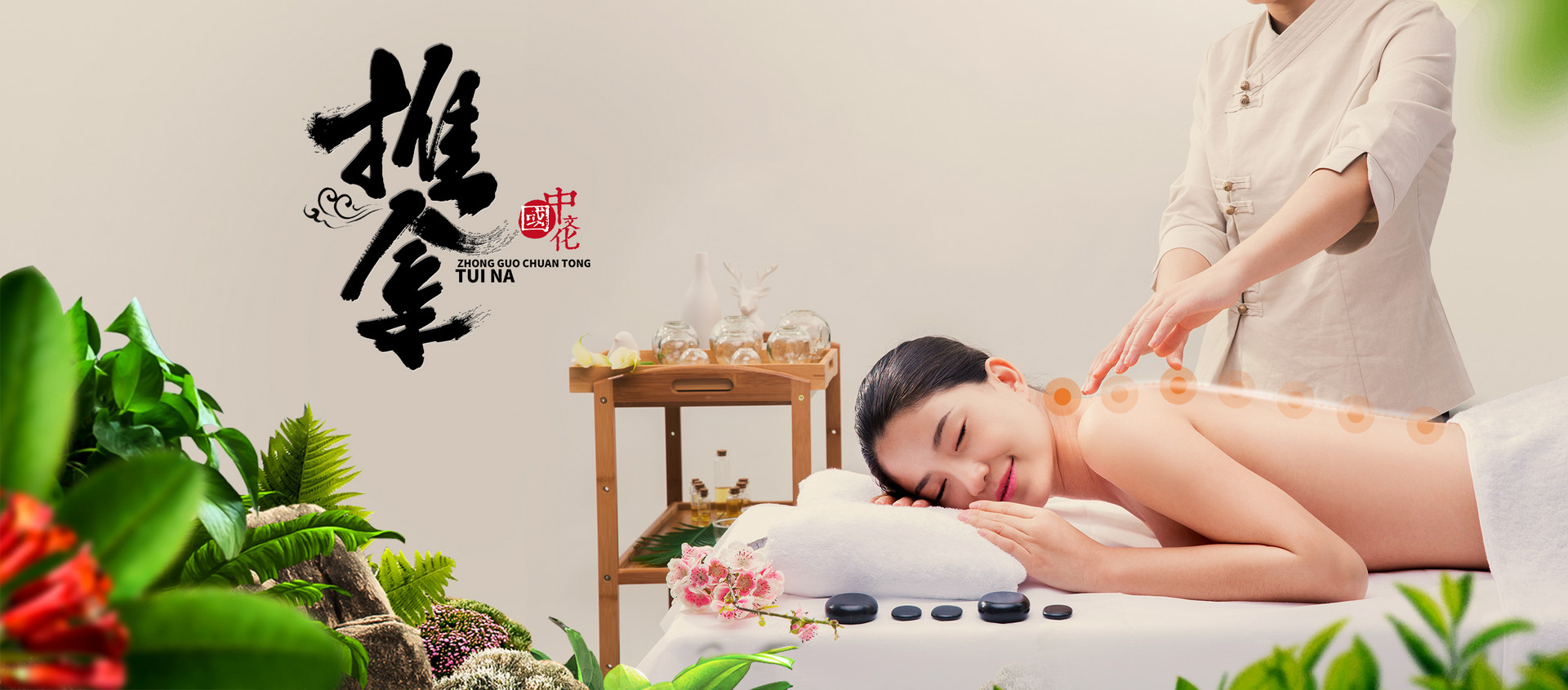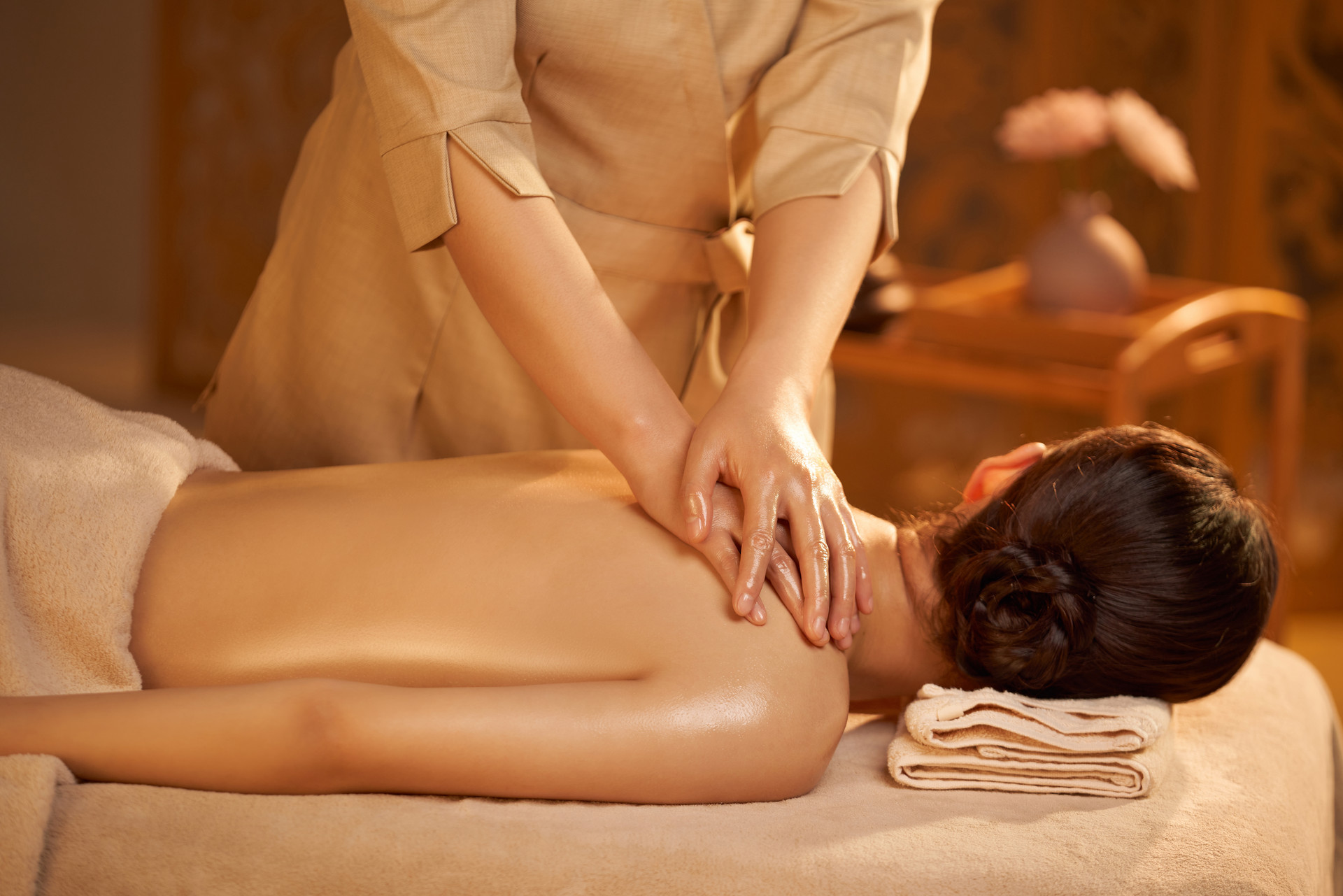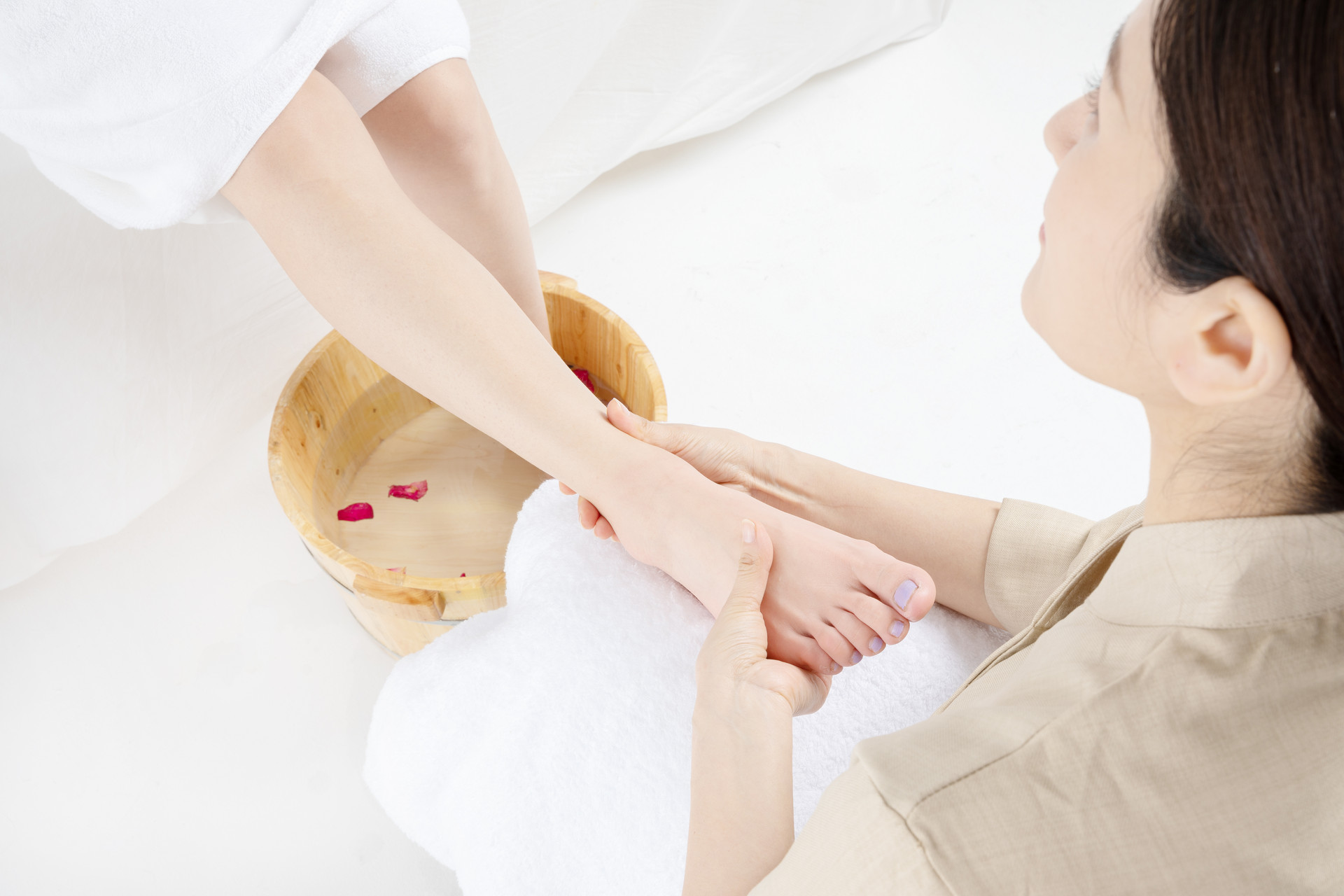Neck pain is a common problem in our daily lives, especially for office workers. Prolonged sitting is one of the main factors that contribute to neck pain. When experiencing neck pain, many people choose to rotate or massage their necks. However, traditional Chinese medicine reminds us that we should not massage our necks at will, as it can cause greater harm to our bodies.
[Massage Misconceptions for Neck Pain]
1. Be cautious of paralysis when massaging for cervical spondylosis
When a masseur cracks your neck, it may give you a sense of relief, but those around you may be terrified. If it's just muscle soreness, it's okay, but if there is a problem with the cervical spine, you need to be careful when massaging.
Severe cervical spondylosis could potentially compress the spinal cord. If a masseur applies excessive force, it can easily damage the spinal cord and central nervous system, resulting in paralysis!
2. Beware of blood clot detachment for people with "three highs"
People with "three highs" (high blood pressure, high blood sugar, high blood lipids) should not massage their necks randomly. "Three highs" can lead to atherosclerotic plaques in the arteries. Improper massage techniques can cause these plaques to rupture or blood clots to detach, which can lead to strokes if they block the blood vessels in the brain, or heart attacks if they block the blood vessels in the heart. The consequences can be very serious.
3. Pressing on the carotid sinus can cause syncope
The carotid sinus, an important area in the neck, can cause bradycardia and hypotension if pressed. It may even cause syncope. If pressed too hard, it can lead to cardiac arrest and sudden death.
[Treatment Methods for Cervical Spondylosis]
1. Tuina massage therapy
This is the main method used in traditional Chinese medicine to treat cervical spondylosis and is also an effective treatment. It can relieve tension and spasms in the neck and shoulder muscles, restore cervical spine movement, and alleviate symptoms by loosening nerve roots and soft tissue adhesions.
2. Physical therapy
Physical therapy plays a variety of roles in the treatment of cervical spondylosis. In the acute phase, treatments such as iontophoresis, ultrasound, ultraviolet light, or intermittent electric current can be performed. After pain relief, ultrasound, iontophoresis, inductive electricity, or other thermal treatments can be used.
3. Medication
Medication plays a key role in the treatment of cervical spondylosis. External medications made from pure Chinese herbs, such as pain relief patches, have significant effects. Vitamins (such as B1, B12), vasodilators, and Chinese herbal medicine also have certain effects on the treatment of cervical spondylosis.
4. Heat therapy
This treatment can improve blood circulation, relieve muscle spasms, reduce swelling, and alleviate symptoms. It also helps stabilize the affected vertebrae after manual therapy. Hot towels and hot water bags can be used for local application, preferably using Chinese herbal steam wash. Heat therapy is not suitable for patients with severe pain in the acute phase.
[Methods for Daily Neck Protection]
1. Improve mobility
Not only should you move your neck, but also your shoulders and lower back. After sitting for a while, move your neck by writing the word "rice" in the air. Also, stretch your waist and rotate your shoulders. The range of motion should be appropriate, not excessive.
2. Strengthen neck muscles
Look straight ahead, cross your hands behind your neck, and push forward against the resistance of your arms while maintaining a tucked chin position. Keep your neck still for about 10 seconds, repeat 5-10 times in a set, and do 2-3 sets per day.
3. Pay attention to correct posture
Whether standing, sitting, or lying down, remember to maintain correct posture to minimize the burden on your neck, avoid neck pain caused by muscle stiffness and fatigue, and reduce the risk of cervical spondylosis.











